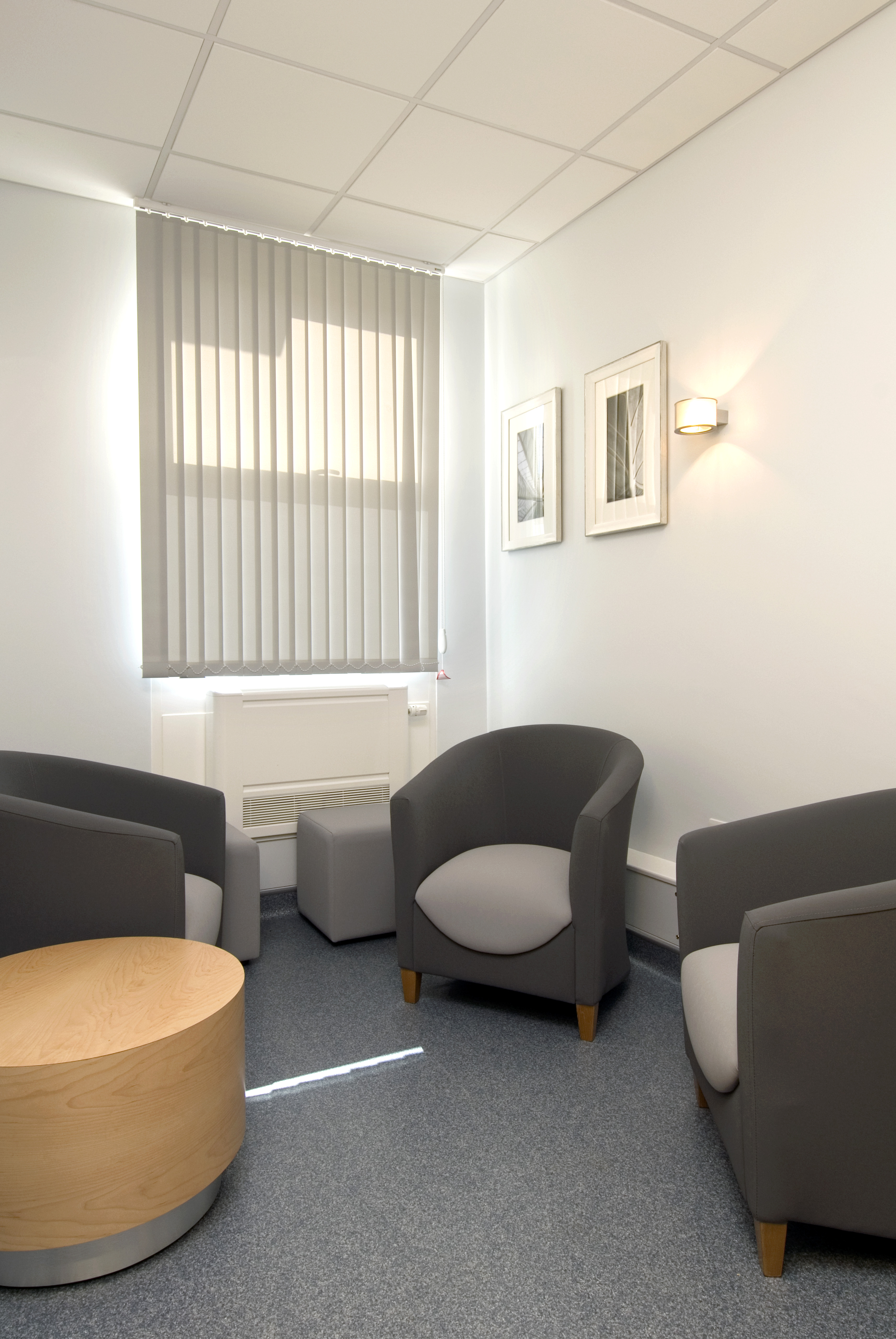Whatever you call the space you go to relax, it doesn’t matter really. What does matter is whether the room works.
Let’s look at some different lounges and how they should be designed.
Hotels
A hotel lounge needs to reflect the clientele it is trying to attract. Do people tend to come in off the street, grab a drink or snack and work? Is it purely a calm area for meeting friends or a drink before an event? Is noise an issue? Do the seating areas need to be zoned? How much lighting is needed in creating the ambiance? All these things are important to consider.
Is the lounge going to be situated at the front of the building, or further into the building? This will depend of course of what the architecture allows. If the building is existing or has had a different past life then this will often dictate the best location. A new building will of course offer more options.
A stunning interior design is expected even by small boutique hotels. I particularly like but for very different reasons the lounges in the Ned, Hoxton and the Langham. These hotels are in London and cater for the market they inhabit. I travel and have travelled extensively and what is really lovely is when the local culture is reflected in the design, using materials that are made or produced locally. There are no rules for a hotel lounge design, just follow the brief from the client, ask the right questions. Often the hotel owner doesn’t know what they want and don’t know how to give you the brief, so bear that in mind.


Residential
Again, taking a very comprehensive brief from the client is key. Very different questions need to be asked of the client.
What is the space going to be used for? Is this a formal lounge for grown up entertaining or a family space? Consider whether a TV or sound system is required and does it need to be on show? Is there storage needed for toys? Can a media wall or shelving be incorporated as a focal point that is also practical? Space planning as ever is key.
Unlike hotel lounges, you can bring some personal taste into the design with pattern and colour that is personal to the client. Ask the client if there is a piece of furniture that they particularly want to keep. Mixing old and new really can work and shouldn’t be disregarded.
Care Homes and Hospital Lounges
Again, space planning and obtaining a very good brief are key.
However, there are some very different rules that have to be followed.
Consideration for Dementia, aging and mobility issues cannot be ignored. This is a very vast subject and a lot has to be considered. From light reflectance values to how a pattern will be perceived has to be the first thing considered.
Quiet areas and areas with good lighting for reading and playing games help with sociability. As in all areas that are public spaces, health and safety must be considered but this does not mean that a truly inviting lounge or sitting room cannot be achieved.
The problem is that many care homes and hospitals don’t see the value of good, fit for purpose Interior Design.
This really does have to change, the dynamic of how we live is changing fast. Spaces are getting smaller due to population growth and we are all likely to need some type of care in the future. Interior Design has a very real value here and should not be dismissed.

